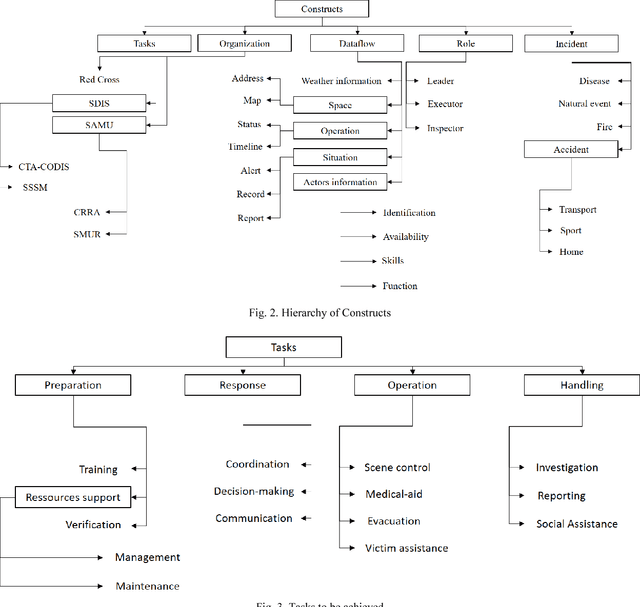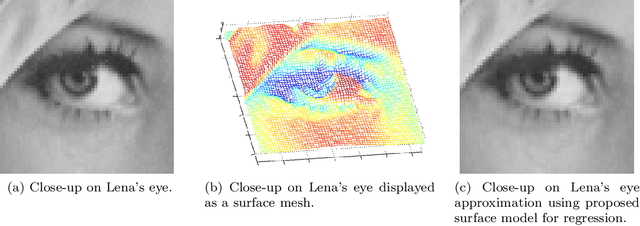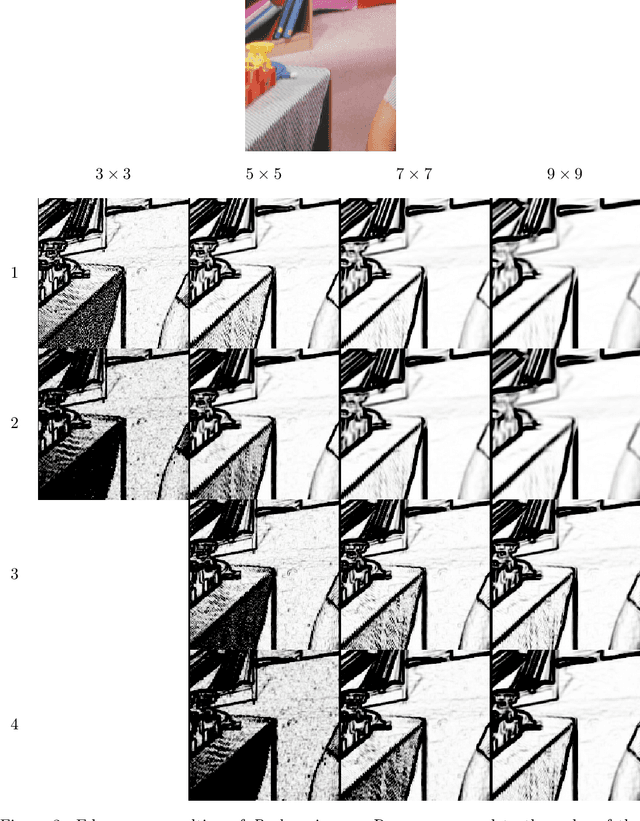Rémi Cogranne
LIST3N
Targeted Pooled Latent-Space Steganalysis Applied to Generative Steganography, with a Fix
Oct 14, 2025Abstract:Steganographic schemes dedicated to generated images modify the seed vector in the latent space to embed a message, whereas most steganalysis methods attempt to detect the embedding in the image space. This paper proposes to perform steganalysis in the latent space by modeling the statistical distribution of the norm of the latent vector. Specifically, we analyze the practical security of a scheme proposed by Hu et. al. for latent diffusion models, which is both robust and practically undetectable when steganalysis is performed on generated images. We show that after embedding, the Stego (latent) vector is distributed on a hypersphere while the Cover vector is i.i.d. Gaussian. By going from the image space to the latent space, we show that it is possible to model the norm of the vector in the latent space under the Cover or Stego hypothesis as Gaussian distributions with different variances. A Likelihood Ratio Test is then derived to perform pooled steganalysis. The impact of the potential knowledge of the prompt and the number of diffusion steps, is also studied. Additionally, we also show how, by randomly sampling the norm of the latent vector before generation, the initial Stego scheme becomes undetectable in the latent space.
Data Interpretation Support in Rescue Operations: Application for French Firefighters
Sep 24, 2019

Abstract:This work aims at developing a system that supports French firefighters in data interpretation during rescue operations. An application ontology is proposed based on existing crisis management ones and operational expertise collection. After that, a knowledge-based system will be developed and integrated in firefighters' environment. Our first studies are shown in this paper.
A new Edge Detector Based on Parametric Surface Model: Regression Surface Descriptor
Apr 23, 2019



Abstract:In this paper we present a new methodology for edge detection in digital images. The first originality of the proposed method is to consider image content as a parametric surface. Then, an original parametric local model of this surface representing image content is proposed. The few parameters involved in the proposed model are shown to be very sensitive to discontinuities in surface which correspond to edges in image content. This naturally leads to the design of an efficient edge detector. Moreover, a thorough analysis of the proposed model also allows us to explain how these parameters can be used to obtain edge descriptors such as orientations and curvatures. In practice, the proposed methodology offers two main advantages. First, it has high customization possibilities in order to be adjusted to a wide range of different problems, from coarse to fine scale edge detection. Second, it is very robust to blurring process and additive noise. Numerical results are presented to emphasis these properties and to confirm efficiency of the proposed method through a comparative study with other edge detectors.
 Add to Chrome
Add to Chrome Add to Firefox
Add to Firefox Add to Edge
Add to Edge